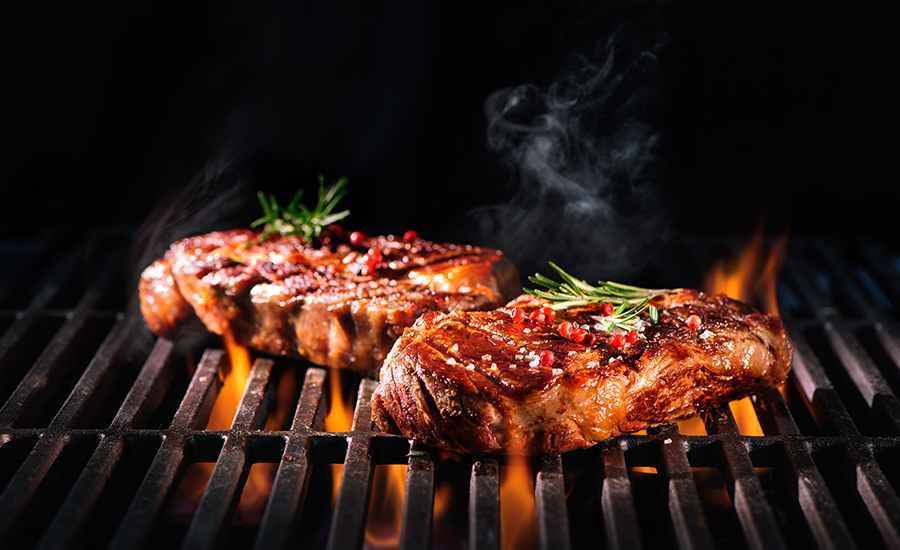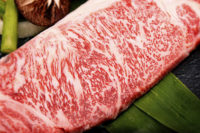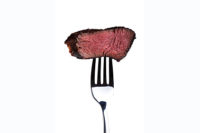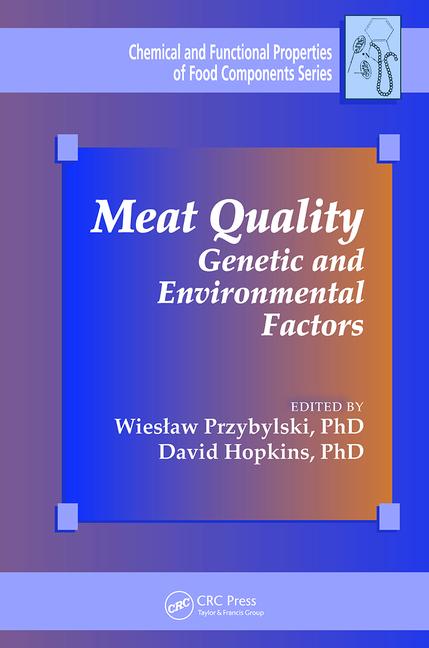Commentary: AMSA
Descriptive beef flavor attributes and consumer acceptance relationships for heavy beefeaters

Opening image credit: GettyImages / AlexRaths / iStock / Getty Images Plus
Beef flavor is not a single attribute but may be composed of more than 30 attributes defined in the beef flavor lexicon.
Prior to 2010, improvements in tenderness, and variability in beef tenderness was considered the main eating quality attribute for beef. As beef tenderness improved, it became evident that differences in beef flavor was becoming a more important driver of consumer liking. However, beef flavor is not a single attribute but may be composed of more than 30 attributes defined in the beef flavor lexicon in 2011. While this was a valuable tool, the relationship between individual beef flavor attributes and consumer liking were not known, especially for frequent users or heavy beefeaters. Our objective was to understand relationships between beef flavor attributes from the beef lexicon, determine their relationships to consumer acceptability, and define attributes that were either positively or negatively related to consumer liking for heavy beefeaters.
Sixteen treatments were used to create differences in beef flavor. Steaks and roasts from three beef muscles (Choice top loin steaks; Choice high pH (>6.0) top loin steaks; Choice top sirloin steaks; and Choice and Select bottom round roasts) were used from 10 USDA Choice, 10 USDA Select, and 10 high pH beef carcasses. Steaks and roasts were cut from subprimals aged 14 days and randomly assigned endpoint cook temperature (58° or 80°). Steaks were cooked either on a George Foreman clamshell grill or a commercial flat grill, and bottom round roasts were cooked in a Crock Pot. Within a carcass and treatment, one steak or roast was used for descriptive beef flavor sensory evaluation, and four steaks or roasts were randomly assigned to consumer evaluation in Philadelphia; Houston; Olathe, Kan.; or Portland, Ore.
The descriptive beef flavor attribute panel evaluated 29 flavor aromatics, but only 10 aromatics (beef identity, brown/roasted, bloody/serumy, fat-like, metallic, liver-like, overall sweet, cardboardy, warmed over flavor, sour milk/sour dairy), and five basic tastes (umami, sweet, salty, sour and bitter) were detectable. Cooked samples were cut into 1.27 x 1.27 x 2.54 sections and two sections per sample were served to either descriptive or consumer panelists.
Consumers (n = 280) were randomly selected to eat beef three or more times per week. Consumers evaluated eight samples and four consumers evaluated from each steak or roast. The ballot included overall liking, overall flavor liking, beefy flavor liking and intensity, grilled flavor liking and intensity, and off flavor intensity rankings using a nine-point end- and centered-anchored hedonic scales. Slightly more females participated than males and age ranged from 18 to over 66, however 52 % of consumers were between ages 21 and 35. The income of consumers spanned a broad range with 21.7% of consumers earning below $25,000 per year and 19.1% of consumers earned greater than $100,000 per year. The vast majority consumed chicken, beef, pork, fish, lamb, eggs and soy; and purchased commodity beef in a retail store and tended to not purchase grass-fed, dry-aged or organic beef.
Descriptive sensory flavor attributes and consumer sensory attributes differed across treatments. Our goal had been accomplished in that flavor differences detectable using attributes from the beef lexicon and consumers detected differences. While analysis of variance was conducted (data not presented) to determine these differences, the main objective was to understand the relationships between descriptive flavor attributes and consumer preferences. . To understand these relationships, a multivariate statistical technique, principal component analyses, was conducted (Figure 1) and strong relationships were reported (70% of the variation in this relationship was accounted for). In the biplot in Figure 1, descriptive flavor attributes (in red), consumer sensory attributes (in blue), and treatments (in green) that were closely clustered were related.
Consumer sensory attributes were closely clustered indicating that overall and flavor liking attributes were highly related to each other. In other words, beef flavor attributes were a main driver of overall liking or preference. The descriptive flavor attributes most closely clustered with the consumer liking attributes were fat-like, salt, and brown/roasted. These attributes were defined as positive drivers of beef flavor. Warmed over flavor, cardboardy, and liver-like flavors were furthest from the consumer liking attributes and would be defined as negative attributes. This indicated that for beef cuts that contained these attributes, even though samples had very low levels, consumer detected negative flavor or disliked the samples to a greater extent. Note that the negative flavor attributes were closely associated with Select CP cooked bottom round roasts cooked to either 58 or 80°C, and high pH top loin steaks and Choice top sirloin steaks cooked on the GF to 80°C.
These results indicate that cooking steaks on the GF grill resulted in lower consumer sensory ratings and that this effect was intensified when steaks were cooked to higher internal cook temperatures. Consumer liking attributes were closely related to Choice top loin steaks cooked on the grill to 58°C.
Sour milk/sour dairy, sour, bloody/serumy, bitter and metallic flavors were clustered and were related to treatments cooked to lower degrees of doneness. However, some consumer did not like beef containing these attributes, but liked beef with umami, overall sweet, sweet, beef identity, and brown roasted flavors. These flavor attributes were closely associated with beef cooked to higher degrees of doneness (80°C). Top loin steaks with high pH differed in beef descriptive flavor attributes and consumer liking. When these steaks were cooked on a grill to 80°C, they were similarly liked to Choice top loin steaks cooked on a grill to 80°C.
These results showed that for heavy beefeaters, fat-like is the primary driver of consumer liking with increased levels of beef identity, brown/roasted, overall sweet, umami, salt, and sweet as secondary drivers of overall consumer liking. Most likely, consumers’ preferred degree of doneness was related to liking/disliking for these secondary attributes. Warmed over flavor, cardboardy, and liver-like were negative drivers of consumer liking. Even though levels of the majority of the aforementioned flavor attributes were at lower levels on a 16-point scale, differences at low intensities impacted consumer liking.
Miller, R. K., Gray, R. A., Kerth, C. R., Adhikari, K. & Neal, J., (2023) “Descriptive Beef Flavor Attributes and Consumer Acceptance Relationships for Heavy Beef Eaters”, Meat and Muscle Biology 7(1): 14449, 1-15. doi: https://doi.org/10.22175/mmb.14449
Looking for a reprint of this article?
From high-res PDFs to custom plaques, order your copy today!








